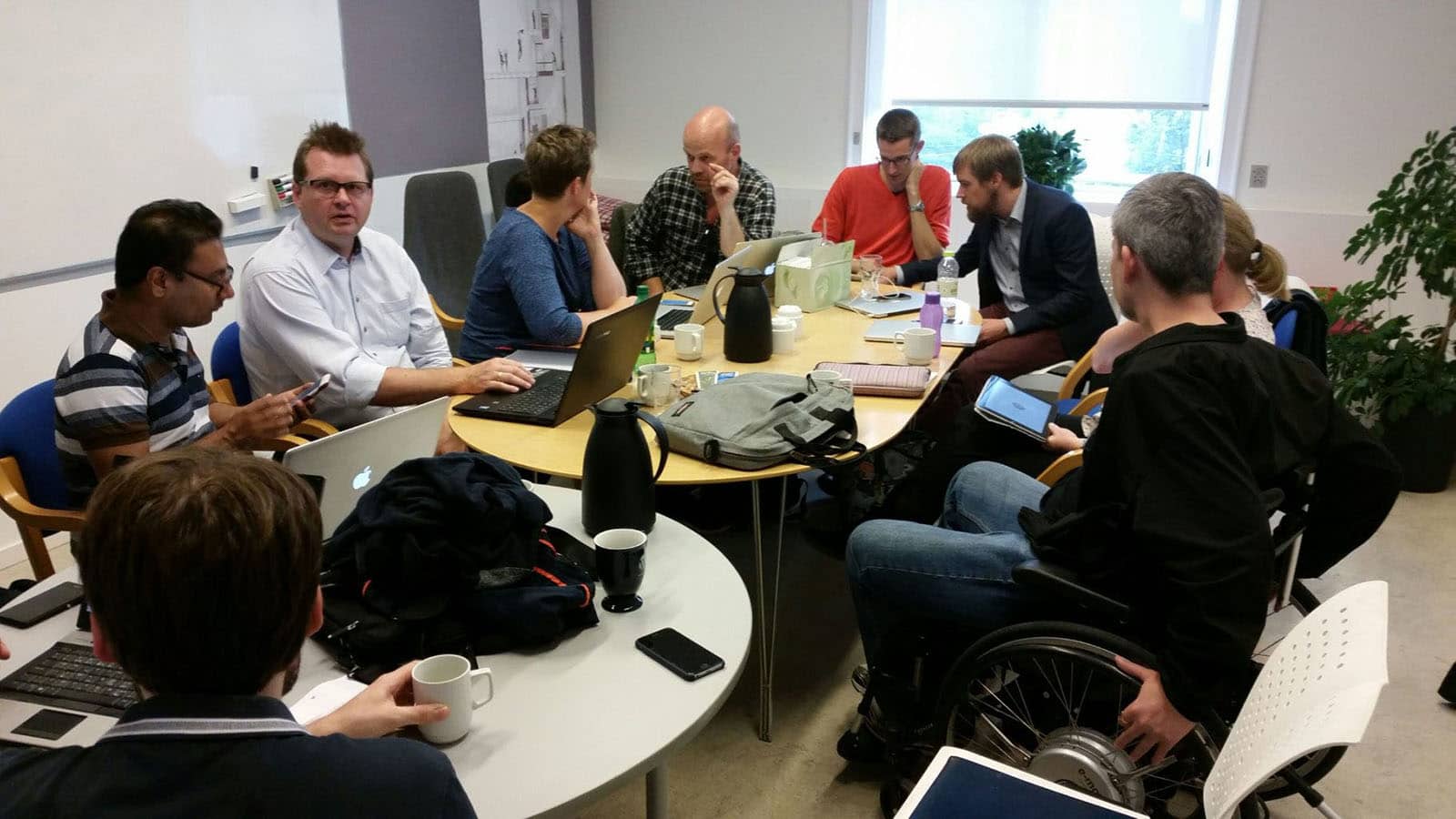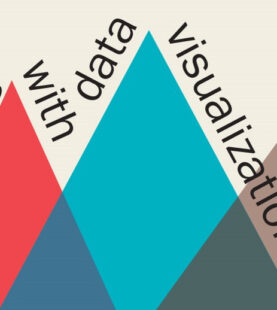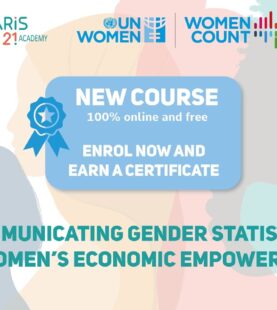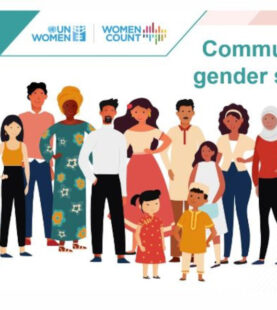Communication and Media Relations

Course Description
Communicating effectively with the media is one of the critical skills that individuals working in the field of Statistics should possess. In this 30 hour course, you will learn how to interact successfully with the media when dealing with everyday situations as well as in times of crisis. You will explore the following seven key areas:
1. Communication/Media/ Dissemination policies and directives
2. Types/characteristics of media
3. Development of key media messages
4. Negotiating with the media
5. Media interview tips and techniques
6. Development of communications products
7. Introduction to crisis management (communication)
It will take you approximately four hours to complete each module which will include a series of teaching, learning and assessment activities such as quizzes, reviewing video and audio files, readings, and product development.
Learning Outcomes
At the end of this course, you should:
1. Understand the media
2. Know how to prepare for media interviews
3. Be able to negotiate the conditions of interviews
4. Be equipped with the skills to deal with difficult, tough, tricky, or hostile questions smoothly
5. Become more confident and improve your delivery skills
6. Know how to create/design media products
Requirements
- Familiarity with statistical analysis, data visualization and use of graphics
Features
- This online self-paced course was adapted from a 4-day workshop conducted by the PRASC project in the Caribbean
Target audiences
- This course is for you if you interact with the media as part of your functions or if you have to create or design media messages involving communicating statistical data






